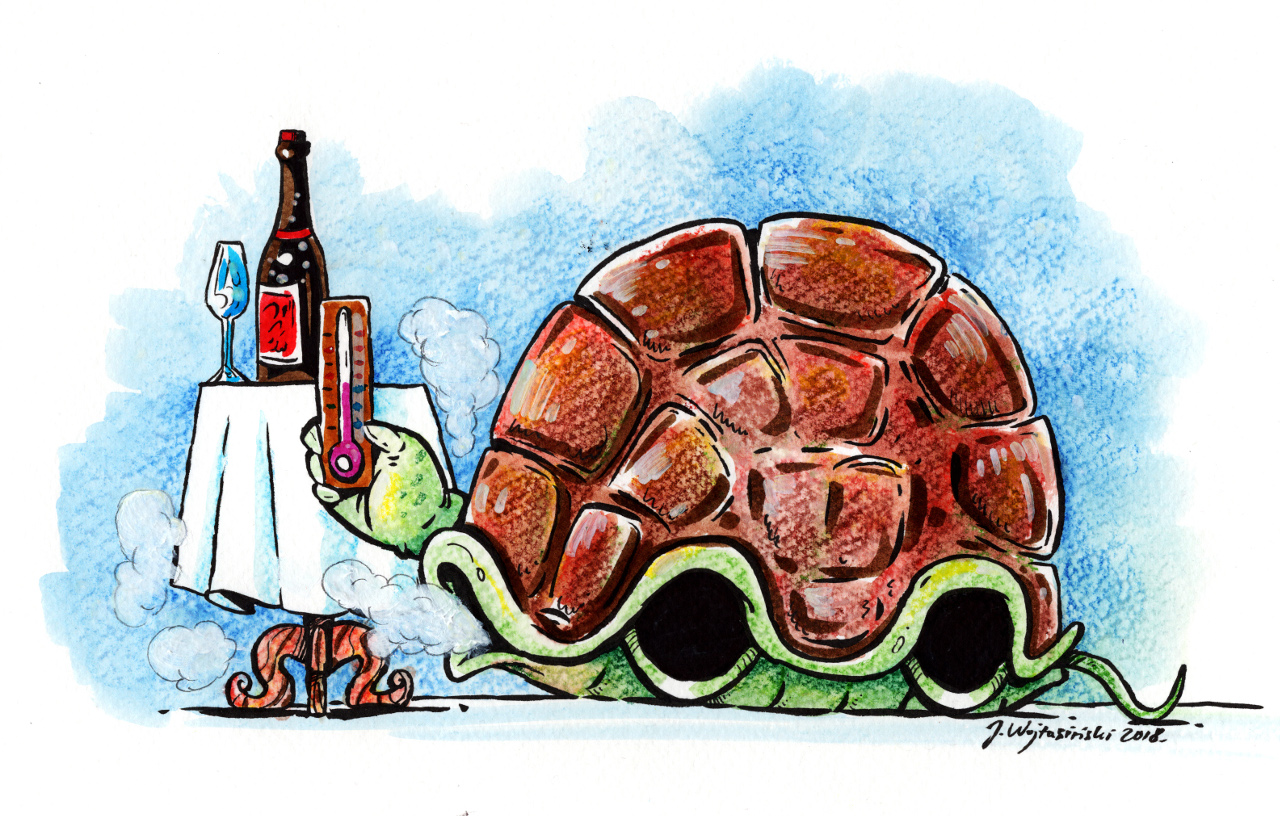
30 Mar Serving Temperature
Serving Temperature
One of the most important factors influencing the tasting of a wine is certainly the serving temperature. This element is sometimes underestimated, but it plays a fundamental role in the correct perception that we should have of a wine.
On many occasions we tend to divide wines into two macro classes: the whites should be put in the fridge and the reds should not! In reality, the ideal subdivision, which still depends on the type of wine, is much broader and here we will explain the reasons behind these choices.
So, every wine has its ideal serving temperature and the perception we have of it can vary considerably depending on its temperature.
Cold
A wine served cold tends to give off scents coming from the grapes and floral or fruity hints, while a gradual heating tends to accentuate more complex and spicy aromas. Try to taste your bottle of cool wine, then let it heat a few degrees in the glass and taste it again: you will notice the variations, and maybe you will choose a different temperature for your favorite wine.
In a cold wine you perceive the sugary residue less, while the bitter taste is enhanced. These are the reasons why white wines are preferably served cold. But, be careful: cold, never chilled! Otherwise you will anesthetize your taste buds making you lose all the scents, the hints, and the delicacy of that bottle.
You also have to keep in mind that in a domestic environment, with a temperature of about 20°C (68°F), a cold wine undergoes a temperature increase of 4-5°C (40°F) per hour. So, if you want to taste your favorite white wine in the best way, especially in summer it is always better to use a glacier.
Room temperature
Sometimes on the bottles you can read “serve at room temperature”. This dates back to times when the average temperature of homes was much lower than today’s 20°C (68°F). Having remained in common use, by convention it must be read as “serve at 16-18°C (60-64°F)”. This is the case of most of red wines which, depending on their type, should be served from 15°C to 18°C (59°F to 64°F).
The structured and full-bodied red wines, such as the Chianti Classico Riserva, are rich in tannin, whose astringency is enhanced at low temperatures. Precisely for this reason a great red wine should be served at a higher temperature, in order to mitigate its tannicity and, at the same time, enhance its elegance.
Red wines with a light structure, such as the famous French Beaujolais Nouveau, with little presence of tannins, can be served fresh from the cellar or from the refrigerator.
Remembering what has been said above regarding the domestic environment, it is always advisable to serve a wine at a slightly cooler temperature, as it will tend to heat up in the glass.
Temperature scale
Wines should never be served at temperatures above 20°C (68°F) or below 6°C (43°F). Here is a summary that will help you to always make the right choice.
| 18°C (64°F) | Red wines of great body and long aging, Tannic red wines |
| 16°C (60°F) | Red wines of medium structure and medium tannicity |
| 14°C (57°F) | Light and slightly tannic red wines |
| 12°C (53°F) | Nouveau wines, Rosé wines |
| 10°C (50°F) | Dry, aromatic white wines, Straw, fortified wines, Slightly sweet wines |
| 8°C (46°F) | Dry, young, and fruity white wines |
| 6°C (43°F) | Sparkling wines, dry and sweet |


No Comments